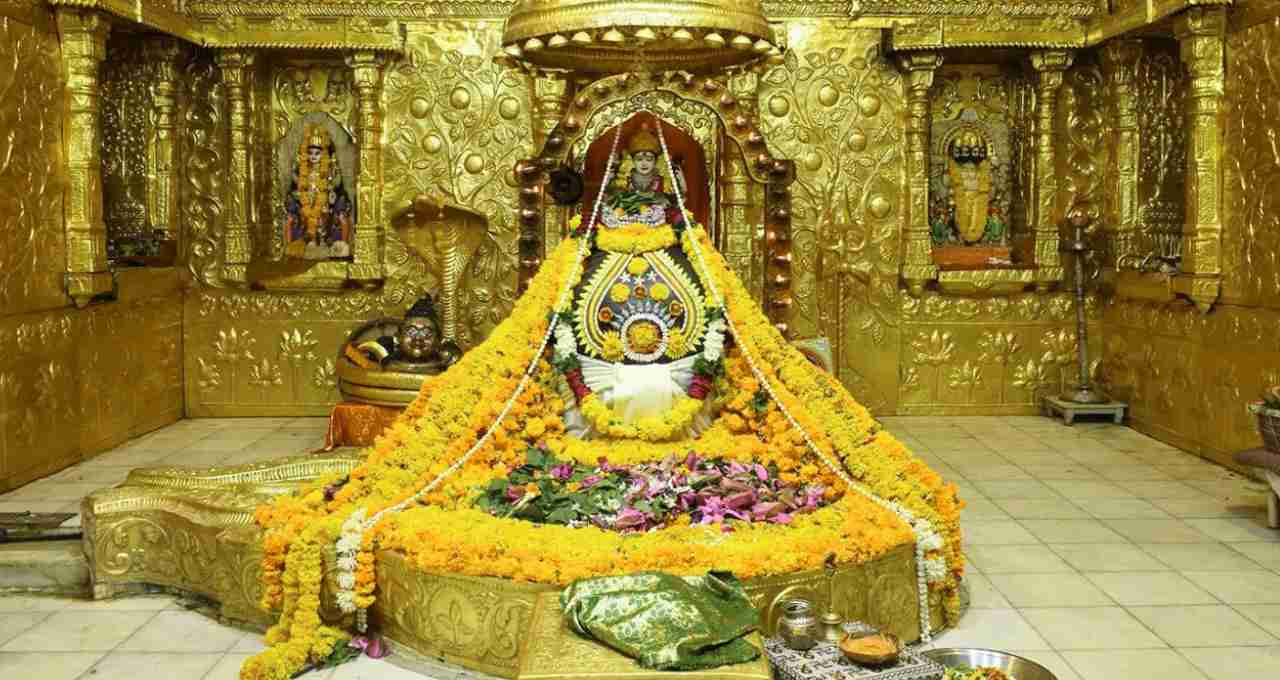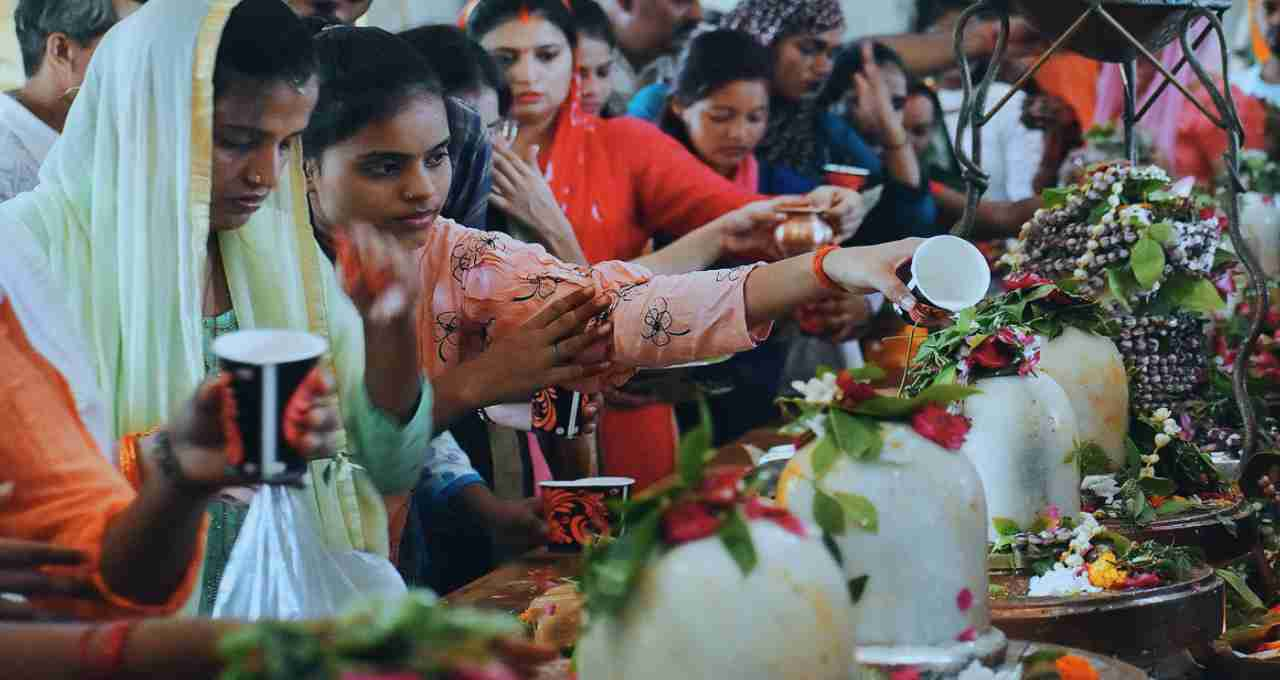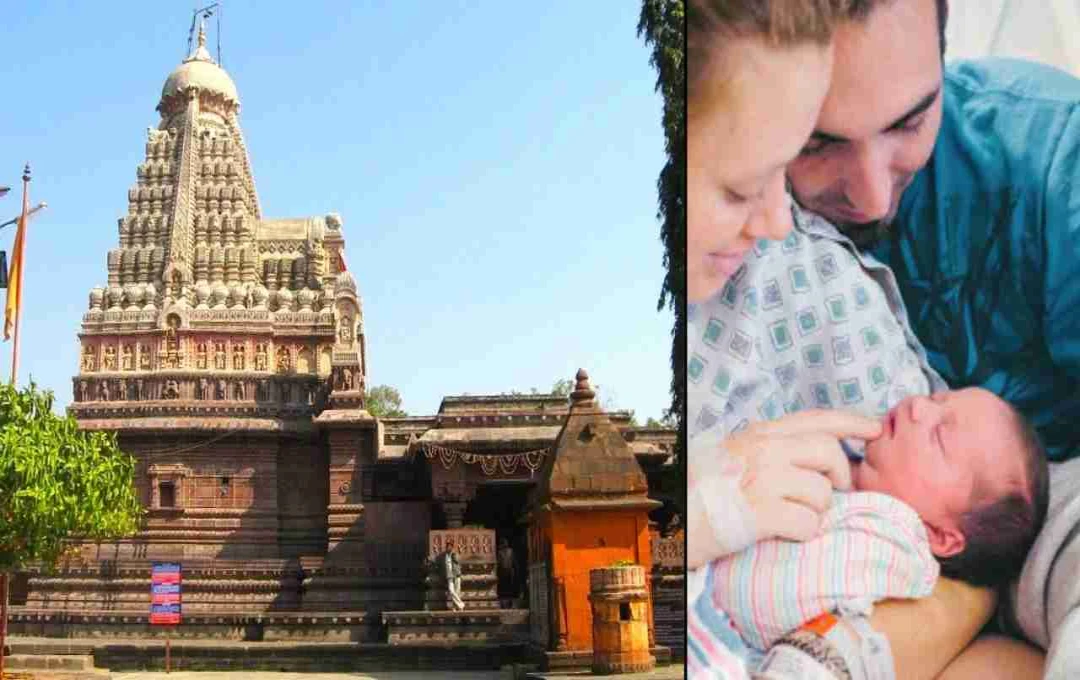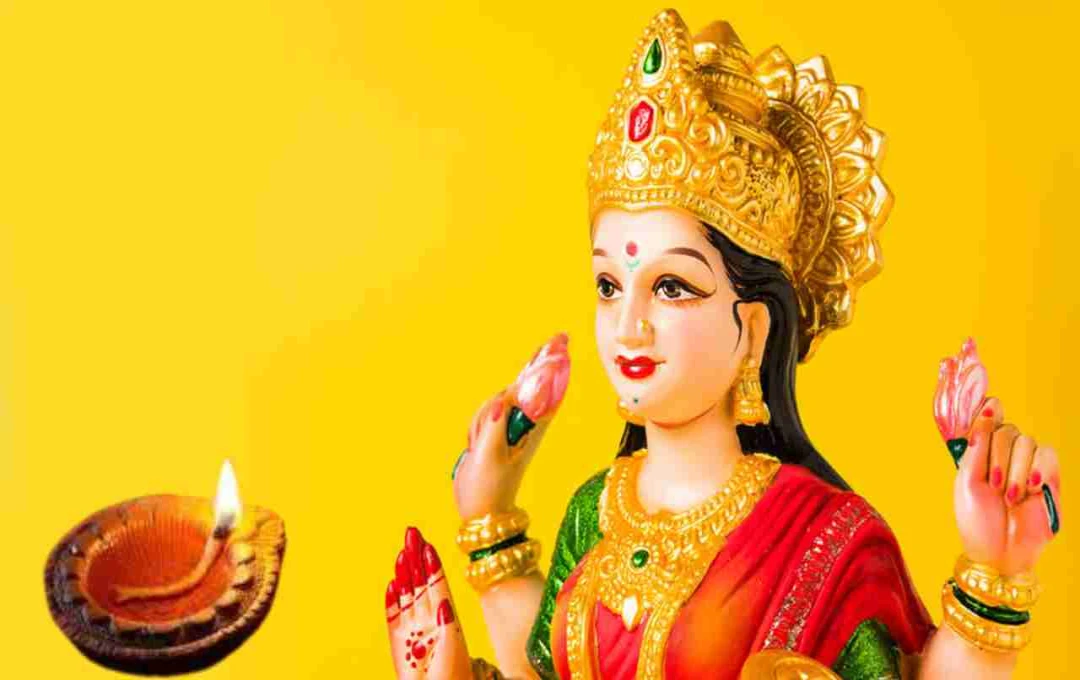The Ghrishneshwar Jyotirlinga, located in Verul, Maharashtra, is considered the twelfth and final Jyotirlinga of Lord Shiva. This place is not only religious but also an emotional center of faith for millions of devotees. It is believed that worshiping here blesses childless couples with the joy of having children.
Every year, thousands of devotees from across the country come to this Jyotirlinga seeking the blessing of progeny. The temple complex witnesses a confluence of devotion, faith, and hope, a sight rarely seen elsewhere.
Lord Shiva Resides in the Form of a Swayambhu Linga

The Ghrishneshwar Jyotirlinga is considered the self-manifested form of Shiva. This means that the Linga was not created by any human, but rather, it emerged from the earth itself. This is why the religious significance of this Jyotirlinga is even greater.
This temple is situated near Aurangabad district in Maharashtra, in the Daulatabad region, and is only a few kilometers from the Ajanta-Ellora caves.
The Establishment of the Temple is Linked to the Devotion of Bhakt Ghushma
The mythological story associated with the Ghrishneshwar Jyotirlinga revolves around Bhakt Ghushma and her sister, Sudeha. According to the story, a Brahmin named Sudharma lived with his wife, Sudeha, near the Devagiri mountain. As they were childless, Sudeha persuaded her husband to marry her sister, Ghushma.
Ghushma was an ardent devotee of Shiva, and she used to make 101 Parthiv Lingas daily, worship them, and immerse them in a nearby pond. As time passed, Ghushma was blessed with a beautiful son. This made Sudeha envious, and she threw the boy into the same pond.
The Same Holy Pond Exists Within the Temple Complex Today
The pond where Ghushma used to immerse the Parthiv Lingas still exists within the temple complex. Looking at this pond, both faith and hope shine in the eyes of the devotees. It is believed that by visiting and bathing in the water of this pond, childless couples are blessed with children.
Architecture and Significance of the Ghrishneshwar Temple
The construction of this temple is also unique in terms of its architecture. The walls, made of stone, display sculptures of the Shiva family and glimpses of stories from the Puranas. The sanctum sanctorum of the temple is considered very peaceful, divine, and full of energy.
Devotees experience an ethereal feeling as soon as they enter the temple. The spire, mandap, and pillars of the temple are also beautifully carved.
The Rush of Devotees During Shravan Maas and Mahashivratri

During the month of Sawan and especially on Mahashivratri, devotees from all over the country flock to this temple. After standing in queues for hours, devotees perform Jalabhishek and special pujas.
Many couples also come to the temple with their newborn babies, who had previously come here to make a vow. It is a sight to behold when parents, holding their child in their arms, visit the temple complex to thank Lord Shiva.
This Temple Remains a Center of Public Faith
The Ghrishneshwar Jyotirlinga continues to be a major center of public faith. Devotees come here not only from all corners of India but also from abroad. The temple is managed by a local trust, and the needs of the devotees are taken care of.
The Story of Ghushma is Still Narrated to Devotees
The priests and local guides still narrate the entire story of Bhakt Ghushma to the devotees visiting the temple. This story is not only a symbol of faith but also teaches how much power there is in true devotion, patience, and forgiveness.















